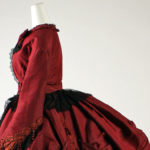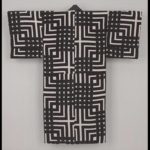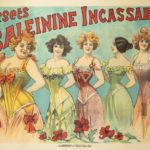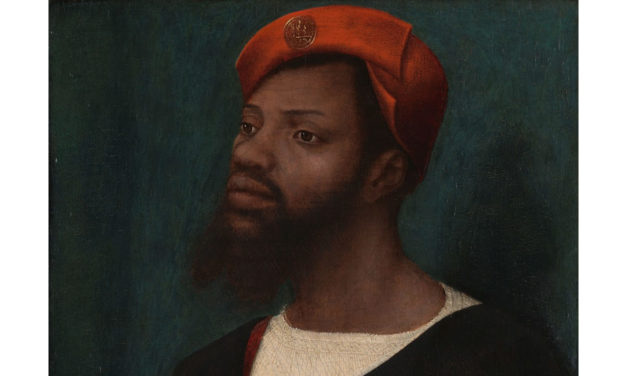Category: 1520-1529
Overview
All Entries
1525-30 – Jan Jansz Mostaert, Portrait of a Black Man
Deciphering Jan Jansz Mostaert’s Portrait of an African Man reveals the presence of Black bodies within European court circles and hints at their position within them.
Read More
Recent Essays
 The Fez and the Ottoman Path to ModernityIn 19th century, 20th century, thematic essays
The Fez and the Ottoman Path to ModernityIn 19th century, 20th century, thematic essays 1869 – Red Silk DressIn 1860-1869, 19th century, garment analysis
1869 – Red Silk DressIn 1860-1869, 19th century, garment analysis katazome (stencil printing)In 18th century, 19th century, ancient, Asia, K, P, S, term definition
katazome (stencil printing)In 18th century, 19th century, ancient, Asia, K, P, S, term definition 1905 – André Derain, Lucien GilbertIn 1900-1909, 20th century, artwork analysis
1905 – André Derain, Lucien GilbertIn 1900-1909, 20th century, artwork analysis Inès Gâches-Sarraute and the Straight-Front CorsetIn 1890-1899, 1900-1909, 1910-1919, 19th century, 20th century, thematic essays
Inès Gâches-Sarraute and the Straight-Front CorsetIn 1890-1899, 1900-1909, 1910-1919, 19th century, 20th century, thematic essays

